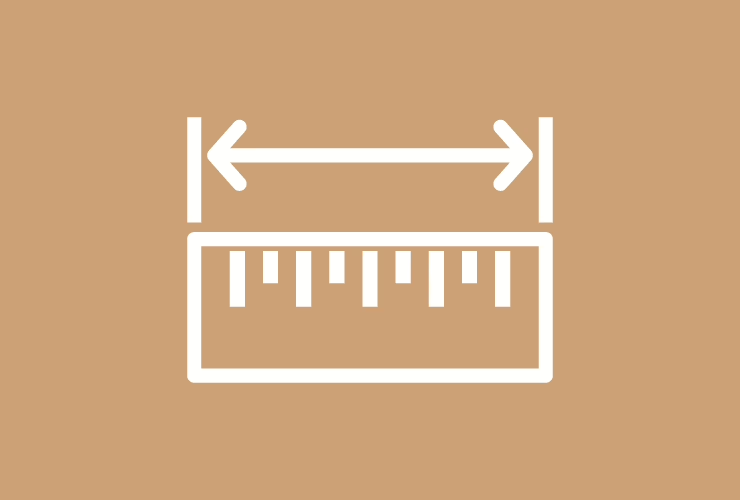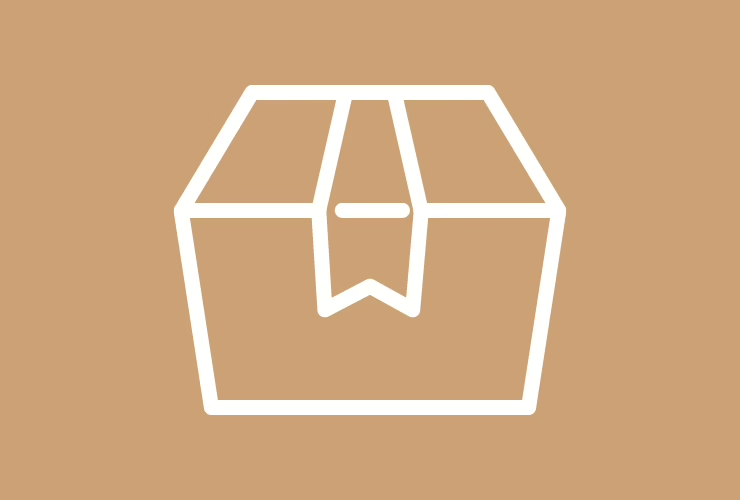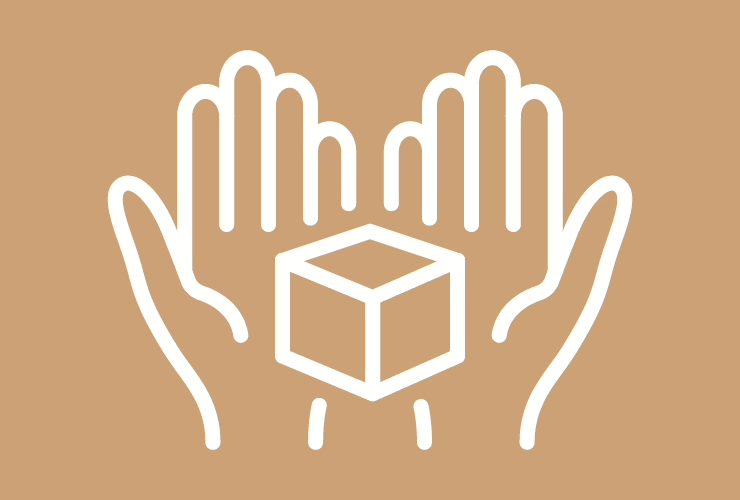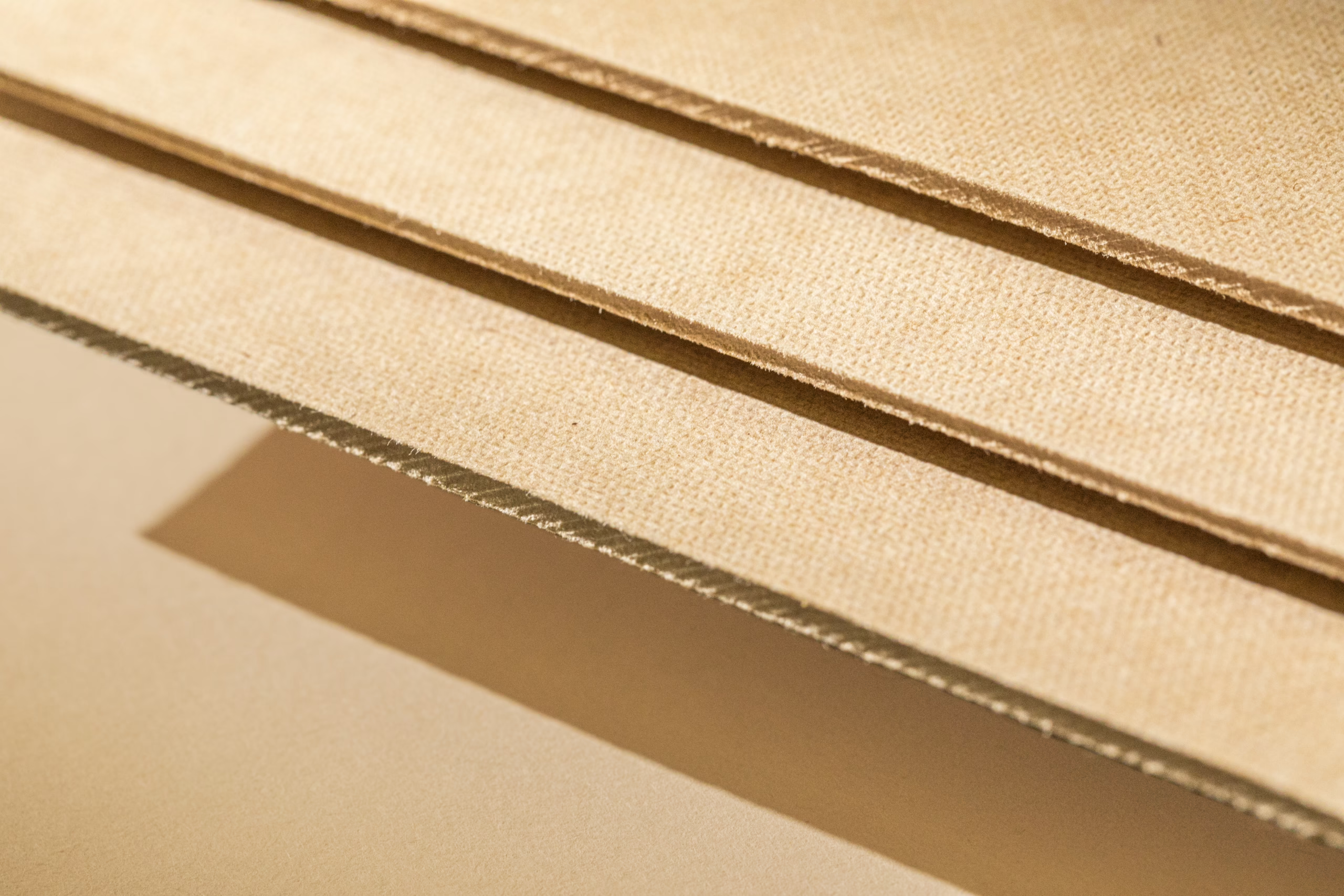
Fusion Collection
High-performance materials
With outstanding compressive and flexural performance, this collection is the ideal choice for interior applications where durability, sustainability, and dimensional stability matter most.

Maplex MDC
This grade’s unique fiber blend delivers a natural tactile finish with the resilience to be shaped, curved, and sculpted without compromising performance. Ideal for applications that require tightly curved or rounded shapes.
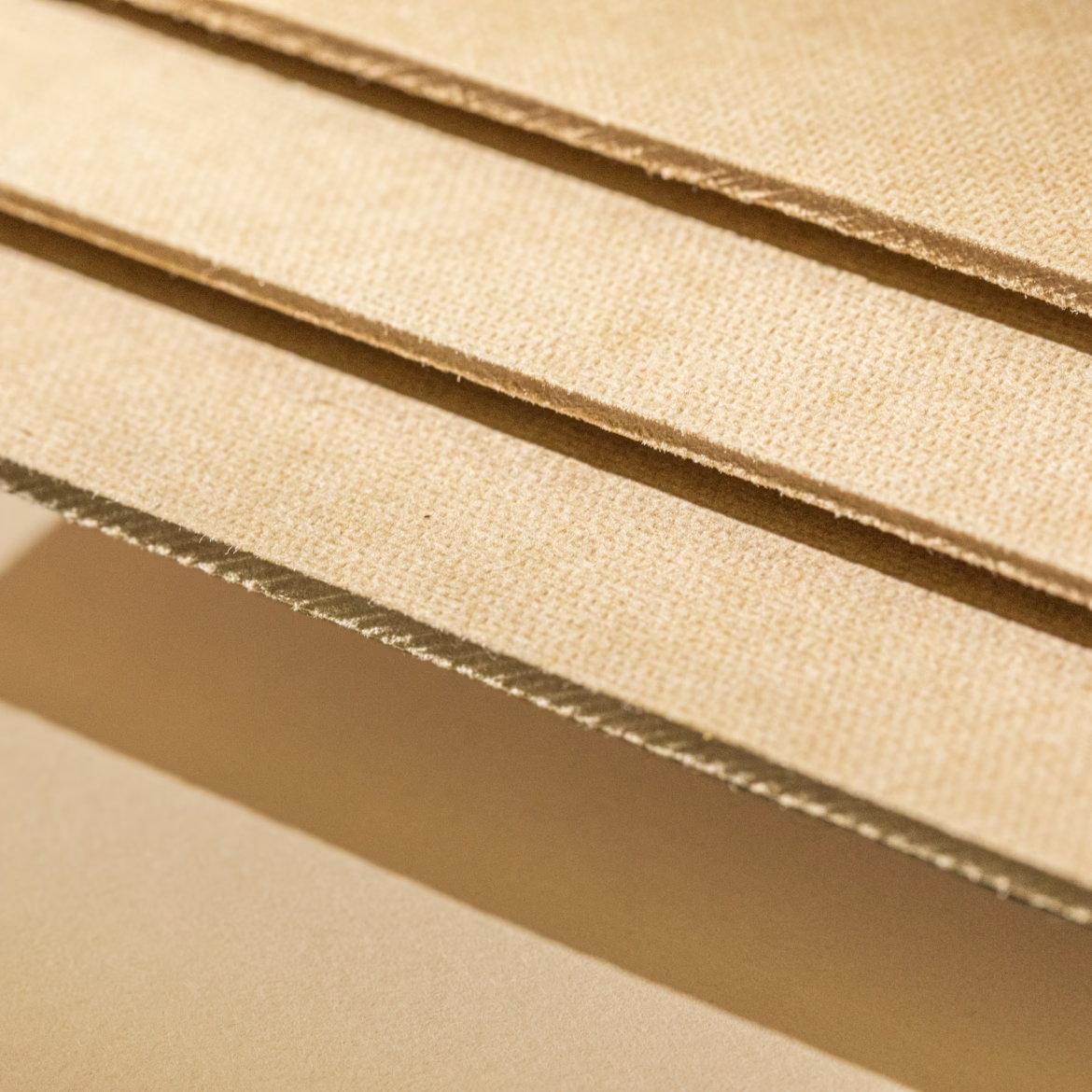
Maplex MDCC
Maplex MDCC is calendered, a specialized finishing process that densifies the pressboard and slightly smooths its surface, giving it a refined, natural texture that elevates both its formability and visual character.
About Maplex board
Does your bold vision require our expertise? Let’s work together.
Frequently asked questions
Although there are no specific guidelines for hand bending Maplex “in the field”, thin sheets (less than 1/8” or 3.2 mm) are quite flexible. They may be used to create smooth, sweeping curves by bending and fastening the material into position against an underlying substructure. The substructure can be almost anything (plywood, MDF, dimensioned lumber, etc.) that is stable and rigid. Making sharp bends by hand is not recommended and should only be done using a machine forming process.
Maplex has a texture of small indentations on the surface that result from the board-making process, called a “screen pattern.” The screen pattern is more pronounced on higher density grades, and it can be removed by planing or sanding. Planing and sanding are not recommended for lower-density grades due to the smoother sheet surface.
Maplex is sold unfinished and in most applications should be coated to protect it from moisture, stains, and abrasions. Many wood finishing products, such as paints, stains, linseed oil, carnauba wax, acrylics, and urethanes, are suitable for Maplex. However, products that contain a high percentage of water may cause Maplex to warp. Test any finish on a scrap piece before proceeding with a final application. Applying finishes with a sprayer generally yields better results than roller or brush applications.
